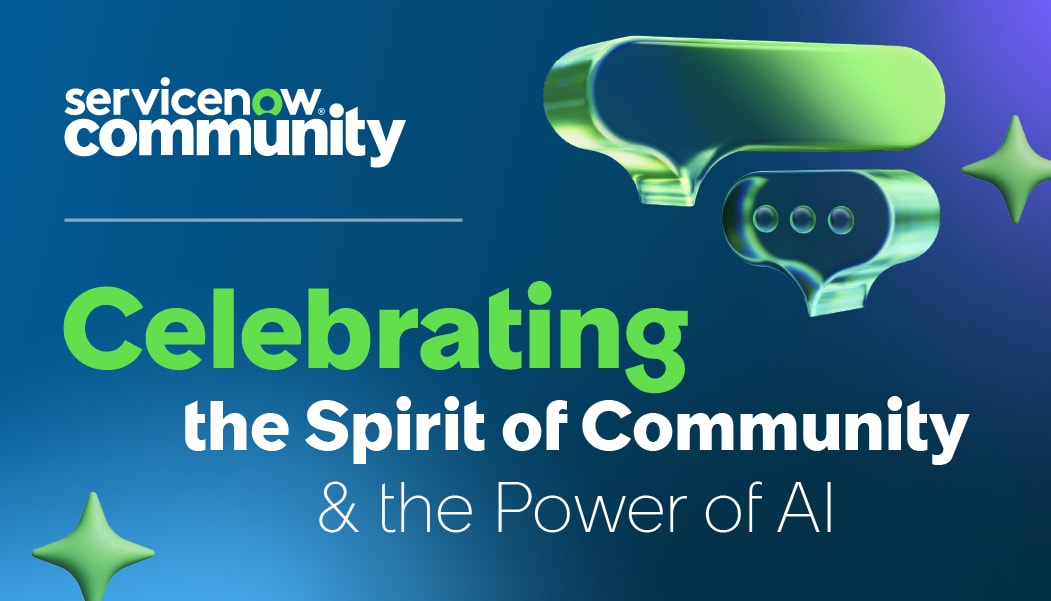What is Upstream & Downstream CI ?
- Mark as New
- Bookmark
- Subscribe
- Mute
- Subscribe to RSS Feed
- Permalink
- Report Inappropriate Content
09-08-2016 11:09 PM
Hello Experts,
I have few doubts regarding the Upstream & Downstream CI , Can you please help me to understand this .
I have read the example of "EMAIL " service , But am confused about the upstream & Downstream CI.
As per the sysadmin guide , it is explained as : All the CI that are feeding data into Email are Upstream CI & All CI that are affected by the Email are downstream.
My doubt is : as per my understanding services like blackberry & windows mobile are using email service not feeding data , so if email service is down , it will impact the blackberry & Windows mobile server , so how that can be upstream?
Similarly how Email servers can be affected by email service , it should be vice-versa , if Email server goes it down , then it will affect Email service
Can somebody explain me , where am wrong here ?
Regards,
Ashish
- Learning ServiceNow
- Mark as New
- Bookmark
- Subscribe
- Mute
- Subscribe to RSS Feed
- Permalink
- Report Inappropriate Content
09-11-2016 09:56 AM
Things that happen downstream can have an adverse affect on upstream configuration items and vice-versa.
If 1 email server goes down, upstream Email Service could be affected. However, if Email Service goes down, everything downstream will be affected, and some CI's upstream could be affected.
- Mark as New
- Bookmark
- Subscribe
- Mute
- Subscribe to RSS Feed
- Permalink
- Report Inappropriate Content
06-27-2017 01:48 PM
I think it's important to understand that upstream/downstream only reflect the relationship type in the CMDB. If you look at the cmdb_rel_ci table, you'll have a parent and child CI. From the context of a given CI, its parents are considered upstream by nature of this table relationship. Similarly, a CI's children are considered downstream solely because of the way this relationship is defined.
When we start talking about what affects what, honestly it can happen both ways, as Michael outlined previously. Imagine you have a CMDB like this:
House
Kitchen
Fridge
If your Fridge stops working, you'll open an Incident against it. Then your Kitchen will show that there's an Incident against one of its children. Since the Kitchen is a child of House, then the House will show an Incident impacted against it as well, but it's all the same Incident. This would be the upstream-impacting scenario. House cannot be considered issue free as long as there's a Fridge that isn't working.
If House burns down, that would mean Kitchen and Fridge are done as well. But I shouldn't need to open new Incidents against Kitchen and Fridge since there's already a known issue that affects House. This would be the downstream-impacting scenario (which people usually attribute to a containment relationship). However, maybe House just needs a new roof. Kitchen and Fridge wouldn't be impacted, therefore, I likely do not need to know that House has a roof issue if I'm looking at just Fridge.
- Mark as New
- Bookmark
- Subscribe
- Mute
- Subscribe to RSS Feed
- Permalink
- Report Inappropriate Content
06-27-2017 02:17 PM
Ashish Gupta wrote:
As per the sysadmin guide , it is explained as : All the CI that are feeding data into Email are Upstream CI
That's not completely accurate... the relationships depict dependencies, not data flow.
Similarly how Email servers can be affected by email service , it should be vice-versa , if Email server goes it down , then it will affect Email service
That's more like it.
Here's one way of thinking about it: see the arrows in the diagram? Consider them line-of-sight. Consider people standing on each CI in the diagram, looking in that direction.
Now, if something happened to a particular CI, all those looking at it (upstream, looking down) will become aware - they'll see it, they're the ones affected by it. But those downstream of the affected CI won't be looking backwards, they'll be blissfully unaware.
Another way is considering change impact. In your diagram, if I were to make a change to IronMail-SD-02, I can see that this would affect the Business Service: Email, as well as those upstream, so will need to notify those users affected. However, EXCH-SD-05 and EXCH-SD-07 would be none the wiser, since they're downstream.
One last way is to consider problem diagnosis: if something were reported about a specific CI (IronMail-SD-01) then problem investigators would follow all the downward-pointing arrows to try and trace the fault. From IronMail-SD-01 I'd hop to EXCH-SD-05 and EXCH-SD-07, then possibly to the Mass Storage Device lower still. Although I may inform those using upstream CIs of my work, it's not where I'd go looking...
Hope that helps!
- Mark as New
- Bookmark
- Subscribe
- Mute
- Subscribe to RSS Feed
- Permalink
- Report Inappropriate Content
07-19-2023 12:25 AM
Hello, i have another question. if we have servers on downstream section and want to connect them to their application services, will it be shown as an upstream after connection ?

